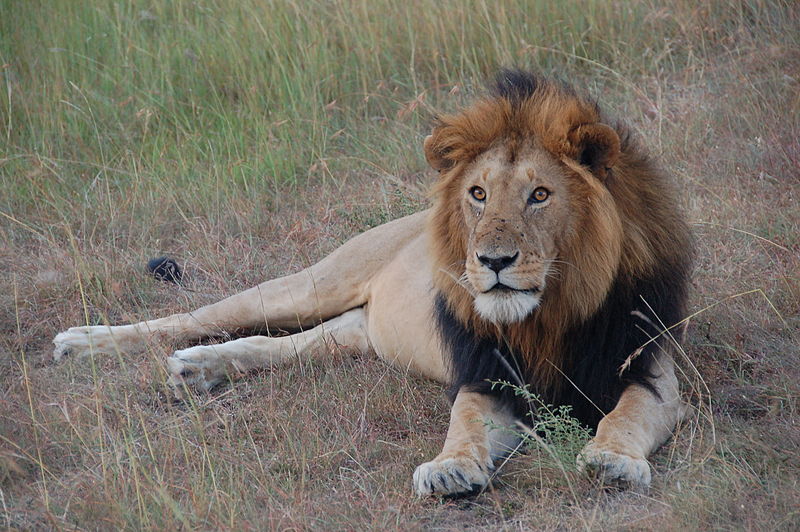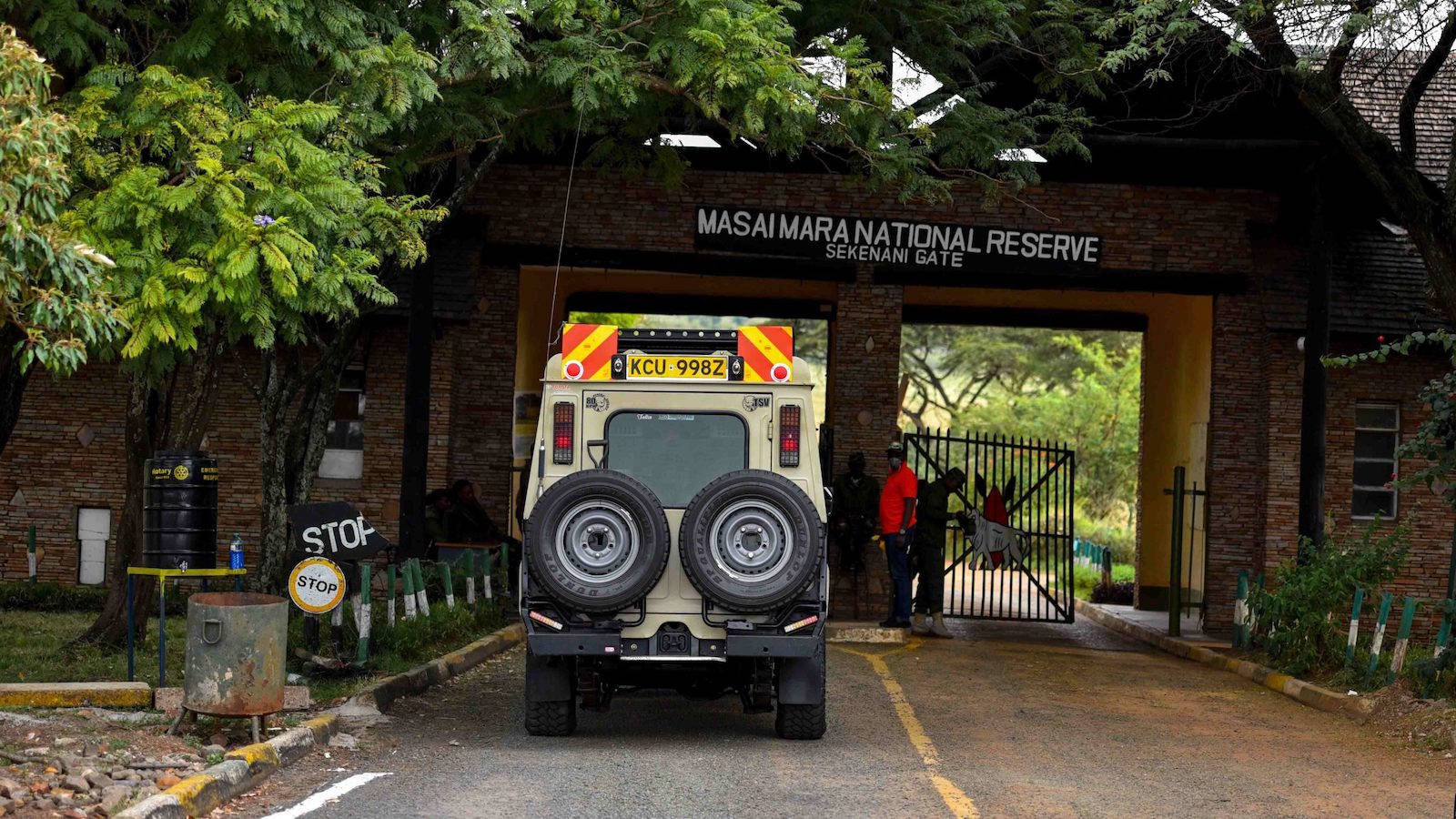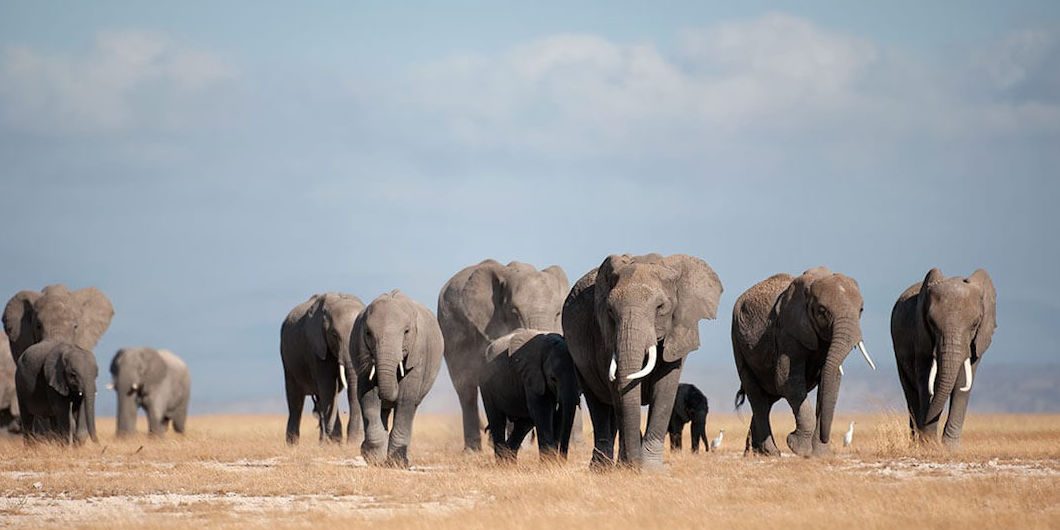The Narok County Council (NCC), the custodian of the renowned Masai Mara National Reserve, has introduced revised entry fees effective January 1, 2024, aimed at sustaining conservation initiatives and enhancing the overall visitor experience. Travelers are advised to take note of the updated rates, categorized into two distinct travel seasons.
Masai Mara Entry Fees for Low Season – January to June
For the period spanning January 1 to June 30, 2024, inclusive, the entry fees for non-residents are as follows:
USD 100 per day for adults
USD 50 per day for children aged 9 to 17 (children aged 8 and below enjoy free admission)
Masai Mara Entry Fees for High Season – July to December
From July 1 to December 31, 2024, inclusive, the entry fees for non-residents are adjusted to:
USD 200 per day for adults
USD 50 per day for children aged 9 to 17 (with complimentary admission for children aged 8 and below)
It is imperative to acknowledge that these revised park fees will apply to all visitors to the Masai Mara National Reserve starting January 1, 2024. Consequently, any existing confirmed or provisional bookings will be subject to these updated charges.
The augmented entry fees play a pivotal role in fortifying conservation efforts, fostering infrastructural development within the Reserve, contributing to the well-being of neighboring communities, and ultimately elevating the already extraordinary Masai Mara safari experience.
In addition to the fee adjustments, a new regulation has been implemented with immediate effect—the 12-hour rule (6 am to 6 pm). This rule applies to guests departing the Masai Mara National Reserve after 11 am, incurring an additional full-day park fee. Guests following the morning flight schedule remain unaffected by this regulation.
 Moreover, visitors engaging in activities such as hot air balloon safaris within the Mara Triangle/Mara Conservancy on the day of departure are required to pay a full-day park fee for that day.
Moreover, visitors engaging in activities such as hot air balloon safaris within the Mara Triangle/Mara Conservancy on the day of departure are required to pay a full-day park fee for that day.
These comprehensive updates and regulations signify the commitment of the Narok County Council to the preservation of the Masai Mara’s ecological integrity, the empowerment of local communities, and the continual enhancement of the overall safari experience for all visitors.
Check out our 3 Days Masai Mara Safari from Nairobi, for inspiration, in case you are planning to visit Kenya for a wildlife safari.
More about Masai Mara National Reserve
The Masai Mara National Reserve, often referred to as the “jewel” of Kenya’s wildlife parks, is renowned for its breathtaking landscapes, diverse ecosystems, and prolific wildlife. Nestled in southwestern Kenya along the Tanzanian border, this iconic reserve spans over 1,500 square kilometers, forming part of the larger Serengeti-Mara ecosystem, famous for the annual Great Migration of wildebeest, zebras, and other herbivores.
The Masai Mara is a year-round destination, each season offering a unique and captivating experience. However, the dry season from June to October is widely considered the best time to visit. During this period, the vegetation is sparse, making it easier to spot wildlife, and the Mara River becomes a dramatic stage for the Great Migration as vast herds cross perilous waters in search of fresh grazing grounds. The dry season also coincides with the famous wildebeest river crossings, a spectacle that attracts nature enthusiasts and photographers from around the world.
Safari enthusiasts visiting the Masai Mara are treated to an unparalleled wildlife spectacle. The reserve is home to the “Big Five” — lions, elephants, leopards, buffalos, and rhinoceros — as well as an abundance of other wildlife, including cheetahs, giraffes, zebras, hippos, crocodiles, and numerous bird species. The open savannahs, dotted with acacia trees, provide an ideal setting for game drives, balloon safaris, and guided walks, allowing visitors to witness the incredible biodiversity up close.
In addition to its rich wildlife, the Masai Mara is steeped in cultural significance, inhabited by the Maasai people who coexist with the wildlife. Visitors have the opportunity to engage with the local Maasai communities, experiencing their traditional dances, and crafts, and gaining insight into their nomadic way of life. The Masai Mara is not merely a destination for wildlife enthusiasts; it is a multifaceted experience that seamlessly combines natural wonders, cultural immersion, and an indelible connection with the untamed beauty of the African wilderness. Masai Mara can be combined with one of the most iconic national parks in Africa; Serengeti National Park. Check out our 6 Days Kenya and Tanzania safari that combines these two most iconic wildlife safari parks in the world.


